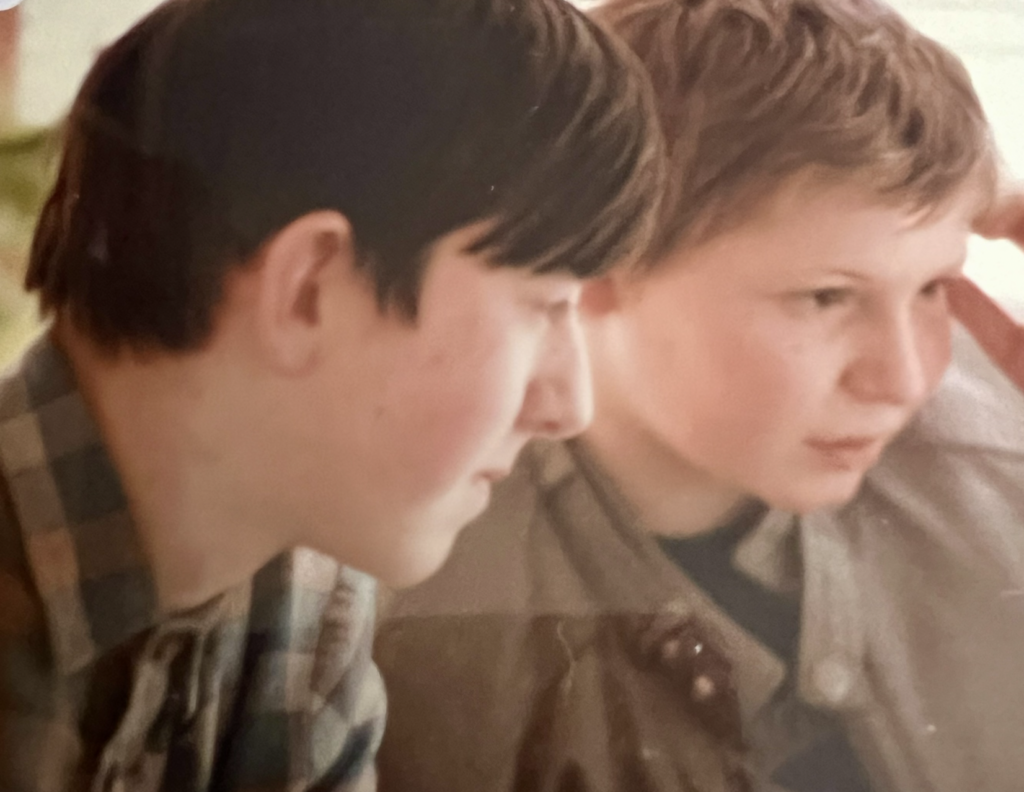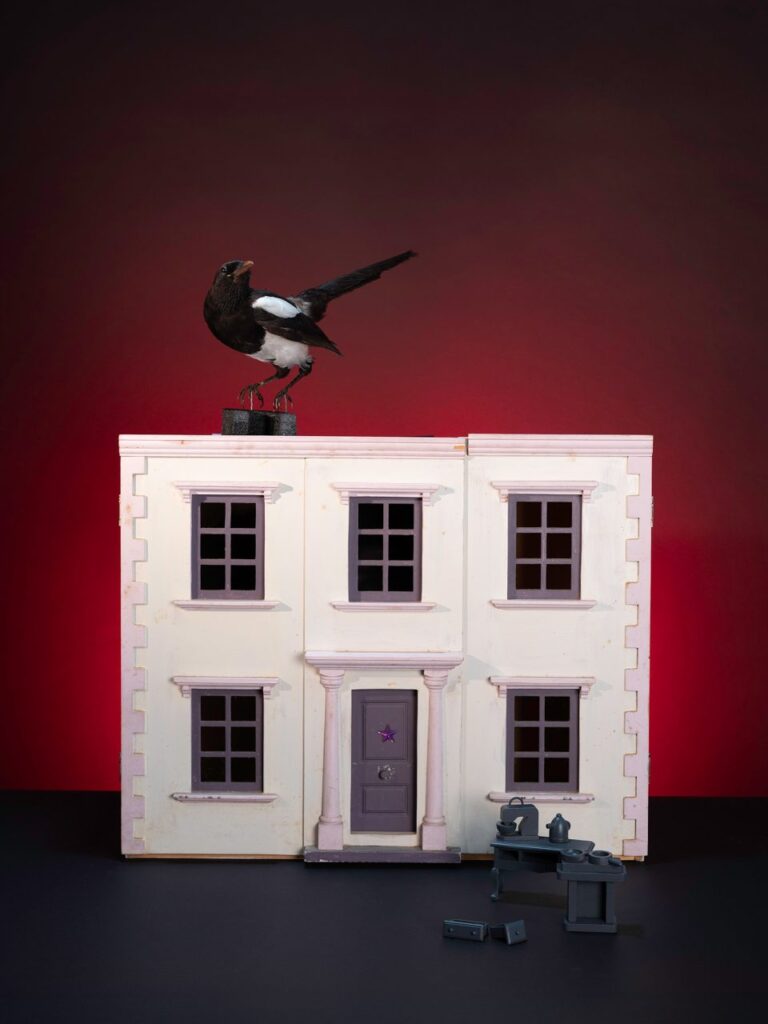
For those who have picked up a copy of the new book, you may have seen that it is dedicated to my cousin Peter Stedman, whose funeral I am going to on Monday.
The dedication reads:
In memory of my cousin Peter,
a truly kind and remarkable soul,
a very real intelligence who, in 1981,
with a Commodore VIC-20,
first showed me what a computer
could be capable of.12th Sept 1969 – 10th February 2024
Written to memory, always.
I remember that VIC-20 very clearly. Peter’s sister has told me that there was a ZX81 before that, but I don’t remember it. What I do remember is the cassette player we used to save programmes on, and the hours and hours of typing out code from computer magazines to make rudimentary games…. games that often didn’t work, or we’d not typed out properly and had to go back over in fine detail to swat the bugs.
The most powerful machine in my home was my mum’s Kenwood mixer. The idea of a computer in the home was something dazzling. And then – returning another Christmas – when Peter got a BBC computer with a double density, double sided double disk drive… my mind was blown.
This photo of him with his school-friend Kieran so engaged in working with a computer is wonderful, and full of sadness too. Kieran went on to work at Microsoft in Seattle. He created some key products for them, and was at the center of the tools for creating Windows and Windows Phone 8 apps. He died of cancer in 2018.
Peter worked in computers his whole life too. He was dedicated, and much loved by his colleagues – as evidenced by the huge outpouring of appreciation and love for him when he died.
It’d not be appropriate to go into detail here, but his death has been a huge shock to everyone in the family. He was admitted to hospital expecting to be walking out soon after. He never did, and there’s a burning anger around that.

Yesterday I went to the private view opening of my friend Miranda Hutton’s new photography show in Canterbury. Her work deals with loss and grief, and the new series of photographs – They Sing Because they have a Song are deeply moving meditations on the objects that help us to process grief.
In short: memory as the means by which the curtain is rent and we reach back – and forward – to draw what has been back to enrich the present, and give us a perspective on the future. This is memory as that which powers the after-life, the life which comes after. Because we remember, we can go on.
How AI interacts with memory – and thus with our ideas of death, loss and our own transcience – is going to be a very significant disturbance to this deeply-embedded and deeply human rite. It is one that has been changed by photography, but one that is facing more fundamental considerations in an age of Generative AI, and our continued abdication of memory to silicon.
Just as photographic work such as Miranda’s considers the theological resonances of memory and grief, so the ability of AI to generate hallucinations-as-memories threatens to muddy our sense of loss, and thus bleed into how we understand the objects and relationships that form the frameworks of our lives.
Exactly the kind of interesting conversation I’d have been looking to enjoy with Peter.
With many thanks to my uncle, and Peter’s sister, for agreeing to have me dedicate the book to wonderful man, much missed.
x